Keeping your home cool can become daunting as temperatures soar during a heatwave.
Without adequate cooling strategies, the sweltering heat can lead to discomfort, poor sleep, and even health risks for you and your family.
Several practical tips and tricks help you maintain a comfortable indoor temperature. This guide will share essential strategies for keeping your home cool and safe during the year’s hottest days.
Insight into Heatwaves

Heat waves are prolonged periods of excessively high temperatures, often coupled with high humidity. These extreme weather events can significantly impact health and comfort. Defined by consecutive days of temperatures exceeding the seasonal average, heat waves can strain cooling systems and make indoor environments unbearable.
The risk of heat-related illnesses, such as heatstroke and dehydration, increases during a heatwave. Prolonged exposure to high temperatures can also exacerbate existing health conditions, particularly for vulnerable groups like the elderly and those with chronic illnesses.
Understanding how heatwaves develop helps prepare and respond effectively. They often result from high-pressure systems that trap warm air in an area, leading to prolonged hot conditions. In urban areas, the “heat island” effect—where concrete and buildings absorb and re-radiate heat—intensifies the situation.
1. Use of Blinds and Curtains
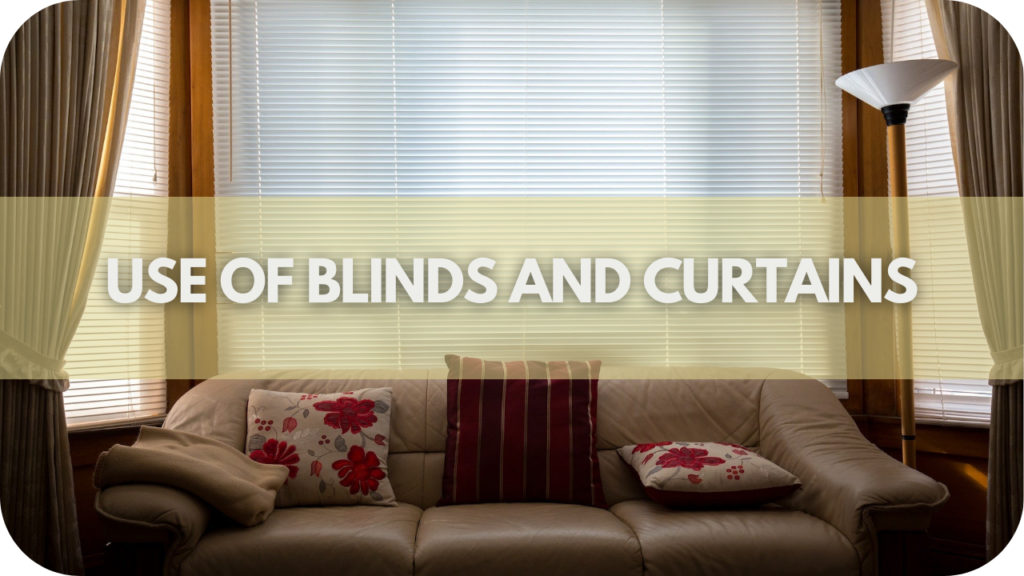
Blinds and curtains are crucial in keeping your home cool during a heatwave. They can significantly reduce indoor temperatures by effectively managing sunlight and heat entry.
Opt for blinds or curtains with thermal or blackout properties. These block out heat and sunlight more effectively than standard options. Thermal blinds, for instance, have insulating layers that help maintain a cooler indoor environment. On the other hand, blackout curtains prevent sunlight from penetrating and thus keep rooms darker and cooler.
During the hottest parts of the day, keep blinds and curtains closed. This blocks direct sunlight from heating your living spaces. Consider using reflective blinds that bounce sunlight away from windows for additional cooling.
Additionally, choose light-coloured blinds and curtains, as they reflect rather than absorb heat. This simple change can help lower indoor temperatures more efficiently.
2. Ventilation Strategies
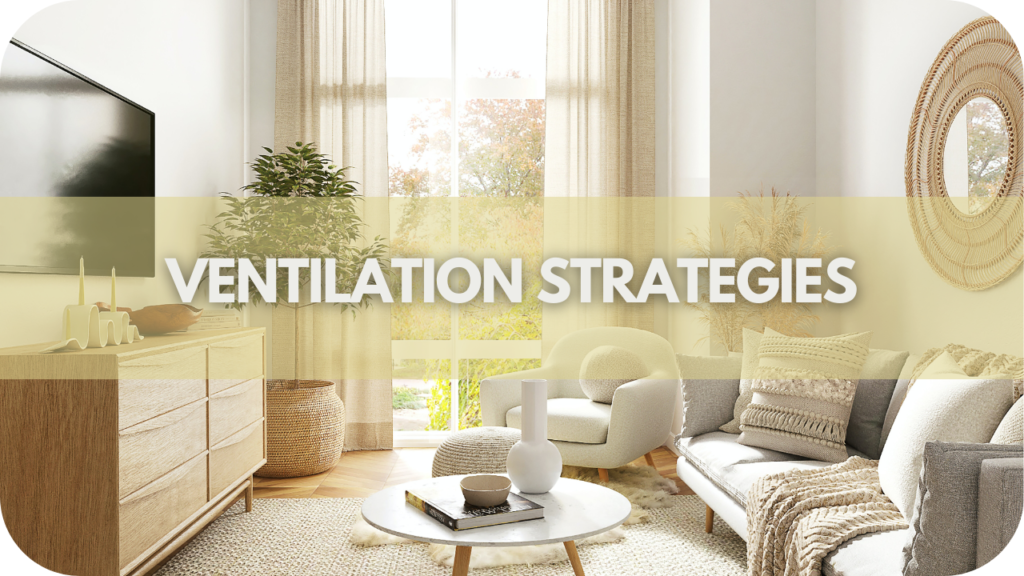
Adequate ventilation is key to maintaining a relaxed and comfortable home during a heatwave. Proper airflow helps expel hot air and bring in cooler outside air, reducing indoor temperatures.
Open windows on opposite sides of your home to create cross-ventilation. This allows cooler breezes to flow through and push out hot air. For optimal results, open windows early in the morning and late in the evening when outdoor temperatures are lower.
Use fans to enhance air circulation. Place fans in windows to draw cooler air in or push hot air out, depending on the time of day. Ceiling fans should rotate counterclockwise to create a cooling breeze.
Ensure vents and ducts are unobstructed and clean. Properly functioning ventilation systems help distribute cool air more effectively throughout your home.
In addition, consider using a whole-house fan if you have one. These devices can draw cooler air from outside and expel hot air from inside, significantly lowering indoor temperatures.
3. Efficient Use of Air Conditioning
Set your thermostat to a comfortable yet economical temperature, ideally around 24°C. Lower settings can overwork the system and increase energy bills without providing significantly more cooling.
Ensure your air conditioning unit is well-maintained. Regularly clean or replace filters to improve efficiency and airflow. Check for any obstructions around the unit and ensure it is functioning optimally.
Use the air conditioning system only when necessary. Limit its operation to the hottest parts of the day and turn it off when you’re not home. Consider using a programmable thermostat or intelligent controls to automate temperature adjustments based on occupancy.
Close doors and windows while the air conditioning is running to prevent cool air from escaping. For added efficiency, use ceiling fans to help circulate the cool air.
To reduce the load on your central system, consider supplemental cooling options such as portable or window units in high-usage areas.
4. Insulation and Sealing
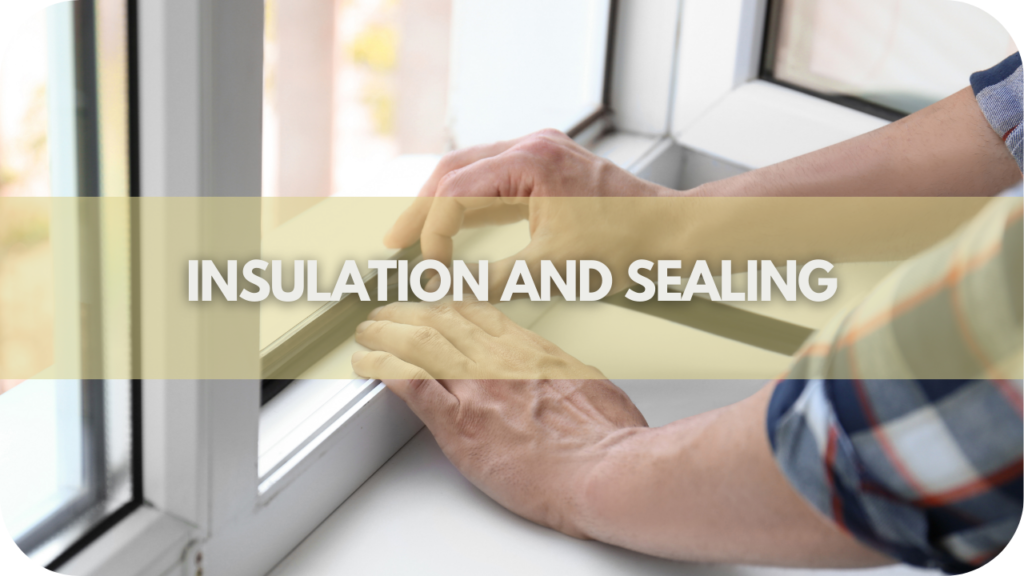
Begin by ensuring that your home is well-insulated. Insulation in walls, roofs, and floors helps to keep heat out and maintain a stable indoor temperature. Consider adding or upgrading insulation materials if needed. High-quality insulation can significantly reduce the amount of heat entering your home.
Seal gaps and cracks around windows, doors, and other openings. These leaks can allow warm air to enter and cool air to escape, making it harder to maintain a comfortable temperature. Use weatherstripping, caulking, or expanding foam to fill gaps and improve sealing.
Check and insulate your attic and crawl spaces. Heat often accumulates in these areas, making your cooling system work harder. Proper insulation can prevent heat transfer and improve cooling efficiency.
Inspect and seal any ductwork leaks in your heating and cooling system. Leaky ducts can lead to significant energy loss and reduced system performance.
5. Strategic Use of Shade
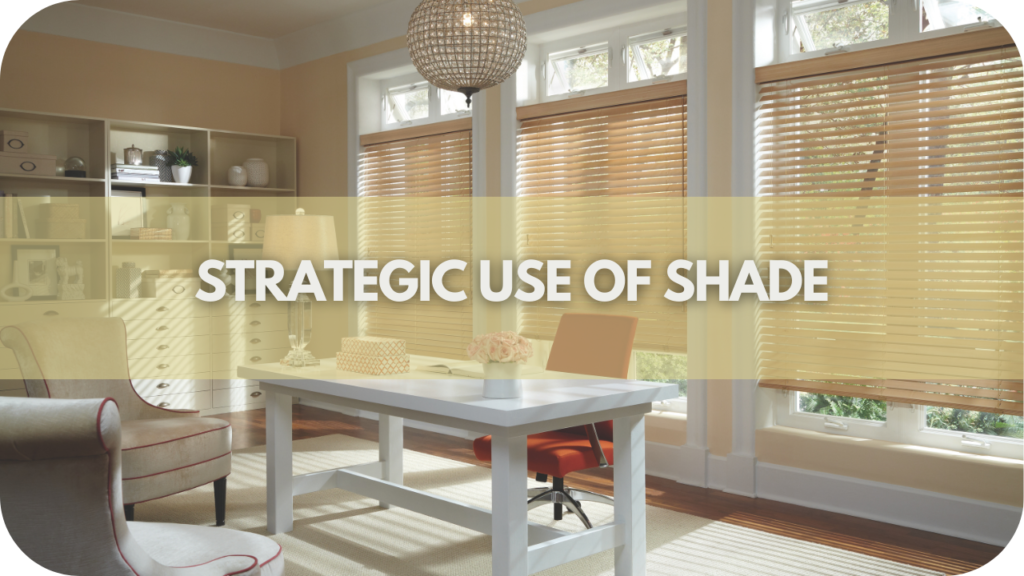
Using shade strategically is a highly effective way to keep your home cool during a heatwave. By reducing direct sunlight exposure, you can significantly lower indoor temperatures.
Start by utilising outdoor shading solutions such as awnings and pergolas. These structures block sunlight from hitting windows and walls, which helps prevent heat buildup. Installing retractable awnings allows you to adjust the shade according to the sun’s position.
Consider adding exterior blinds or shutters to your windows. These can be closed during the hottest parts of the day to block out heat and sunlight. Opt for materials with reflective properties to enhance their effectiveness.
Planting trees and shrubs around your home can also provide natural shade. Deciduous trees are particularly beneficial as they offer shade in summer and allow sunlight through in winter. Strategically positioning plants to shield windows and walls from direct sun can further reduce heat gain.
Finally, use indoor shades and curtains to complement your external shading efforts. Light-coloured and reflective options can help keep indoor spaces more relaxed by reflecting rather than absorbing heat.
6. Smart Use of Appliances
Efficient appliance use can significantly help keep your home cool during a heatwave. Many common household appliances generate heat, so using them wisely can reduce indoor temperatures.
Minimise the use of heat-producing appliances such as ovens and stovetops. Opt for no-cook or cold meals that require less cooking, and avoid using appliances like toasters and kettles during peak heat hours. When cooking is necessary, use a microwave or slow cooker, which produces less heat than traditional ovens.
Timing is crucial. Run appliances like dishwashers and washing machines during the more excellent parts of the day, such as early morning or late evening. This avoids adding additional heat to your home during the hottest hours.
Maintain appliances to ensure they are running efficiently. Clean the coils of your refrigerator and freezer regularly to prevent them from overheating and consuming more energy.
Use energy-efficient appliances where possible. Modern appliances are designed to use less energy and produce less heat, which can contribute to a more relaxed home environment.
7. Cooling Techniques for Bedrooms
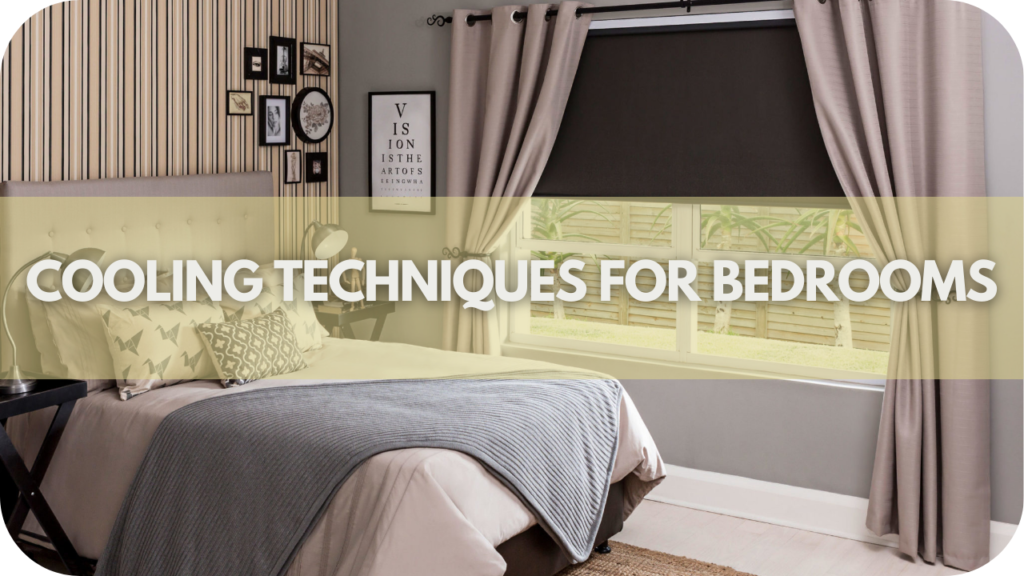
Keeping your bedroom cool during a heatwave is essential for a restful night’s sleep. Implementing effective cooling techniques can significantly improve your comfort level.
Start by using lightweight, breathable bedding. Opt for cotton or linen sheets, allowing better air circulation than heavier materials. Avoid flannel or polyester fabrics that can trap heat.
Open windows on opposite sides of the room to create a cross-breeze. If security is a concern, use window locks or security bars to ensure safe ventilation.
Use a fan to enhance air circulation. Place a fan near the window to draw in cooler night air or use it to circulate air if you have an air conditioning unit. Place a bowl of ice before the fan to blow cooler air around the room for an added cooling effect.
Keep the bedroom door closed during the day to prevent warm air from entering. Use reflective blinds or curtains to block out sunlight and reduce heat gain.
Consider placing a cooling gel pillow or mattress pad to help regulate your body temperature. These products are designed to dissipate heat and enhance comfort.
8. Hydration and Personal Cooling
Staying hydrated and using personal cooling methods are crucial for maintaining comfort and health during a heatwave. Proper hydration helps regulate body temperature and prevents heat-related illnesses.
Drink plenty of water throughout the day. Aim for at least eight glasses to stay well-hydrated. Avoid alcohol and caffeinated beverages as they can lead to dehydration. For added hydration, consume water-rich foods like fruits and vegetables.
Use personal cooling devices to enhance your comfort. Portable fans, cooling towers, and misting fans are practical tools. Cooling towels can be dampened and draped around your neck or forehead to provide immediate relief from heat. Misting fans combine the cooling effect of a fan with a fine mist of water for a refreshing breeze.
Wear lightweight, loose-fitting clothing made from breathable fabrics like cotton. Light-coloured clothing helps reflect sunlight and reduces heat absorption.
To lower your body temperature, take cool showers or baths. A cool, wet washcloth on your forehead or the back of your neck can also help.
Conclusion
Implementing these cooling strategies can help you effectively manage indoor temperatures and stay comfortable during a heatwave.
Apply these tips today to ensure your home remains a fantastic retreat. For more advice on creating a cosy living space, explore our range of blinds and cooling solutions at Into Blinds Melbourne.


